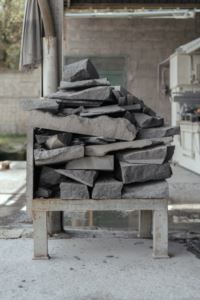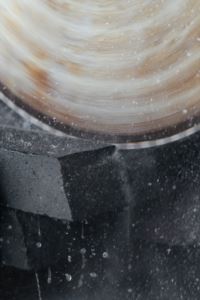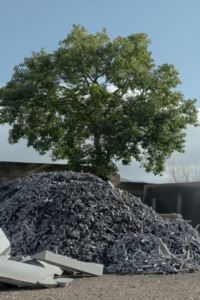Imagine transforming every corner of your home or project with a material that embodies the raw energy of the Earth. Whether you're a visionary architect, a creative interior designer, or a DIY enthusiast looking for innovative solutions, lava stone offers unmatched charm. Elegant and durable, this ancient material brings a touch of exclusivity to any space, from the intimacy of a handcrafted kitchen to the modern sophistication of unique wall coverings and flooring.
Ranieri, a leader in the supply of natural and glazed lava stone, offers more than just products – we deliver tailor-made solutions: refined kitchen countertops, tiles that capture light and transform spaces, and bathroom sinks that resemble works of art. If you're wondering how much lava stone you need to bring your vision to life, we’re here to help, with our expertise and passion. We guarantee not only unparalleled quality but also a design that tells a story of elegance and lasting beauty.


